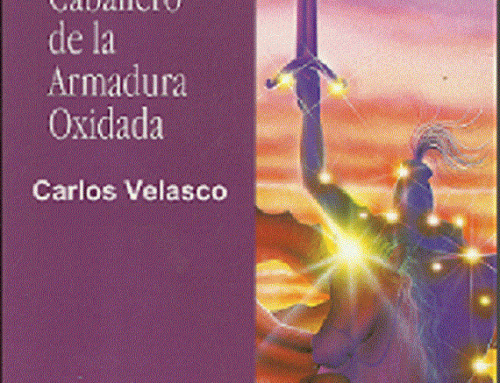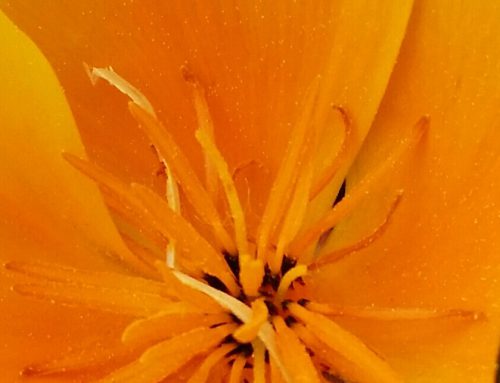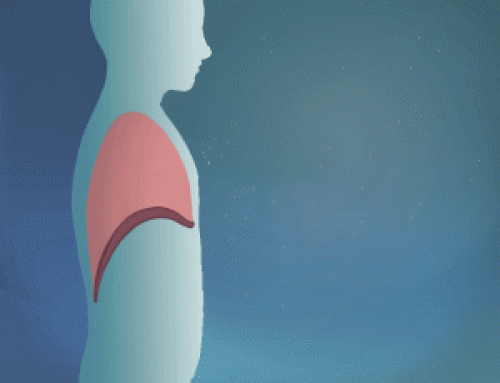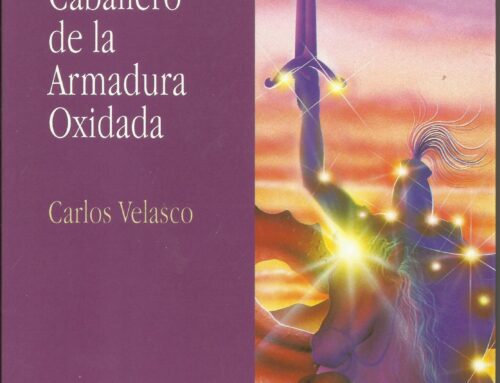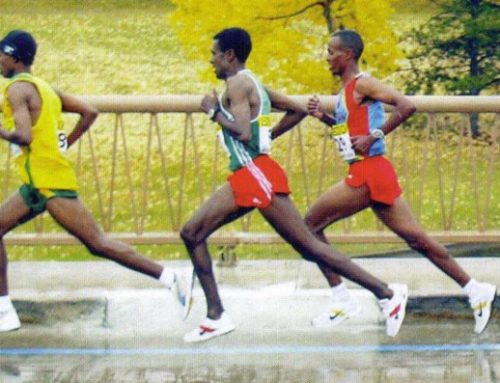
BREATH AND JOY
Note: The title of this article is the theme of the next Global Inspiration Conference that will be held in France next July 2018 (http://gic2018.fr/); however, the views expressed here are the personal ones of the author.]
ALLOW THE BREATH TO FULLY LIVE INSIDE OF YOU, TASTE EACH INHALATION AND FEEL THE JOY OF LIFE (JOIE DE VIVRE)
There is nothing in life closer to you than your own breath, which lives in you, without it you cannot exist. If you do not breathe, you cannot live; you die when your breath abandons you and your spirit goes back to its origins.
Own your breathing
As we liberate respiratory mechanics of psychosomatic restrictions, we enter in a process where we increasingly become owners of our own breathing. To be the owner of the breath is to be in the centre of our being, to feel the essence of life, the Source or Great Prana, and therefore enter into a state of grace and joy.
Being the owner of our breathing means that our respiratory mechanism is freed of the negative features of ego/personality/character; therefore, the authority in the body has a clear mind. In that case, the ruler of the kingdom of the body is not the fire of the dragon’s ego, but the luminous essence of the spirit.
Being the owner of our breathing, we maintain a healthy alliance between body and soul, navigating the ocean of joy and not the valley of tears of our personal Sargasso Sea.
Savour the inhalation
Decades ago, the inspiring phrase: “savour the inhalation”, entered my field of consciousness.
This phrase gave my investigation of Respiratory Psychotherapy strength, expanding its aroma in all matters related to breathing. Why is it so important to savour the inhalation with a breathing mechanism free of psychophysical blockages? The answer is very simple, to enjoy life more.
Undoubtedly, we came into this world to attain an elevated level of happiness, and the journey to ensure it is great and powerful.
The action of savouring makes us witnesses of experiencing the instant, the here and now, from our own centre. It allows us to perceive, feel and testify the presence of reality. It means to be present in the world, to live in the dimensions of time and space from our Being. In such a way, the experience of the present moment is full of certainty. When we experience the fullness of consciousness, with relaxed breathing, the doors of the essence open, letting a luminous state that throws out the darkness emerge.
In order to know ourselves, to be happy and to increase our joie de vivre, we need to focus on our capacity to savour life.
The action of inhalation is opening up to life. Due to the sensitivity of our body, we can experience many expansive feelings when we breathe, such as joy, sweetness, fullness, etc. The body is inhabited with essence and consciousness. Every conscious breath can be pleasant and can expand our awareness. In each breath there is the possibility to reach our essence, to reach the Source.
In order to savour the breath, the body is essential. We can sense the breath through our body thanks to our awareness, centred in the action of savouring each breath.
When eating or drinking, the tongue and taste buds allow us to know what the flavour is, which we then name. The same occurs in our daily life: how do I savour life? How do I breathe life? For this, we have to be conscious of the interaction between our internal and external being.
When the inhalation is executed consciously or voluntarily rather than involuntarily, we feel the expansion of the physical body that tells us about hundreds of flavours and experiences, almost all of them expansive, such as joy, gratitude, strength and many more.
The action of breathing must give us joy
The Connection between breath and joy
I am going to focus on the pleasure that breathing gives us, especially when the system is free of psychosomatic restrictions. We will work with complete breathing in only one step, as opposed to three steps as is commonly taught.
If we ask someone if they feel pleasure when breathing, a common response is that they have never noticed or that they do not feel pleasure.
When breathing is only executed with the rib cage or only with the abdominal cage and/or in three steps, the pleasure is much lower. Even certain negative emotions or physical discomfort may be felt. In short, it reduces joy when breathing this way.
If we take into consideration the expression “breath and joy” we can say that one is the consequence of the other. In other words, the breath gives us joy. However it may not always be like this, either because the breathing is blocked due to psychosomatic obstructions that result in a hard time breathing, or because we are not aware of the breath. On the other hand, when we free the respiratory mechanism, we can increase our capacity to feel joy when we breathe.
The act of breathing in itself can give us joy if we pay close attention to it. Breathing is pure bliss, especially if there is awareness in the inhalation. We feel pleasure due to the expansion of the trunk, particularly in the rib cage, more specifically in the chest where we feel a sensation of fullness.
We also feel an enjoyable sensation of fullness when the expansion of the abdominal cage occurs, when the belly is free of unnecessary tension. Serving its respiratory function, free of unnecessary muscular tension, the vital centre of the human being, the hara or dan dien, as well as the ming men or “the door of life”, will be appropriately activated. The chi/prana will flow vivifying our inner life, creating a transfigured and joyful body, diving into the Great Ocean.
Likewise, we can say that during exhalation, there is the pleasure of blowing, letting go and relaxing.
Related to apnea, there is a great secret between the inhalation and exhalation. Being aware and savouring it, after hyperventilation, allows us to enter in a higher expansion of consciousness, more than in just inhaling and exhaling. During apnea, the polarities between inhalation and exhalation are dissolved, and one acquires a greater degree of union with oneself. Apnea is the wedding ring that unity represents.
A free and natural respiratory movement
In order to savour a full and free breath, it must be performed with a full, single respiratory movement (not only inflating the belly and tucking it in, or just expanding the chest and/or in three steps).
A natural breath adopts its own respiratory movement in order to reconnect with the free respiratory movement, as occurs in babies and animals.
Then the trunk expands through all six sides: back, bottom, front, left, right and upper sides thanks to the release of air that enters the nose and is headed towards the lumbar region This happens because the posterior part of the diaphragm, (two thirds bigger than the front part) unlocks and descends freely creating a vacuum of pressure allowing the air to enter the lumbar zone.
.Awareness observing the flux and reflux of the breathing tide.
The closer attention we pay to savouring the fresh air that enters the nose and its warmth when it exits, the more we will reach the centre of awareness and better integrate the corporal structures. The more awareness and freedom we give to natural breathing, more harmony will be produced between our physical body and our energy body. Historically, the great Buddha reached enlightenment, a state of nirvana with Vipassana, full awareness of the breath in the body.
The emotional states of breathing
What feelings are evoked in respiratory movements? A plethora of sensations, all of them of an expansive nature such as joy, sweetness, presence, satisfaction, happiness, love, compassion, equanimity, etc.
The feeling of joy is associated, in TCM (Traditional Chinese Medicine), with the organ of the heart. During inspiration the chest expands and when savouring the air that enters, the heart expands as well.
At the same time the pericardium also expands, reaching an elevated degree of expansion and a vibrant state. The sense that is usually given to this expansion is of brimming vitality, experiencing completeness in an optimum state, for instance “full of joy”, “I feel in bliss” or “I feel abundance” describing a state of healthy abundance.
The whole trunk has to expand in unison. When the upper zone of the chest increases expansion together with the abdominal cage, the joy and bliss will be greater.
When a complete respiration is performed, the trunk expands through its six directions while the vagus nerve and the sympathetic system decrease their activity and the parasympathetic system is activated, increasing the production of endorphins resulting in a state of healthy euphoria.
Activation of two energetic centres, the dan dien and the ming men, through natural respiratory movements.
Another way of increasing our expansion is in the form of anchoring ourselves, our power, vitality and fullness through the activation of the vital centre of the human being, the hara or dan dien and the energy reservoir: “the door to life” or ming men (both in the lumbar and abdominal segments). Activation is produced when the diaphragm descends freely, especially in its posterior area.
To sum up, some of the benefits provided by free, natural and profound respiratory movements, savouring every breath, especially the inhalation, are: a harmonious body, physical and psycho-emotional health, a sense of safety and of reality, a state of fullness and joie de vivre.
